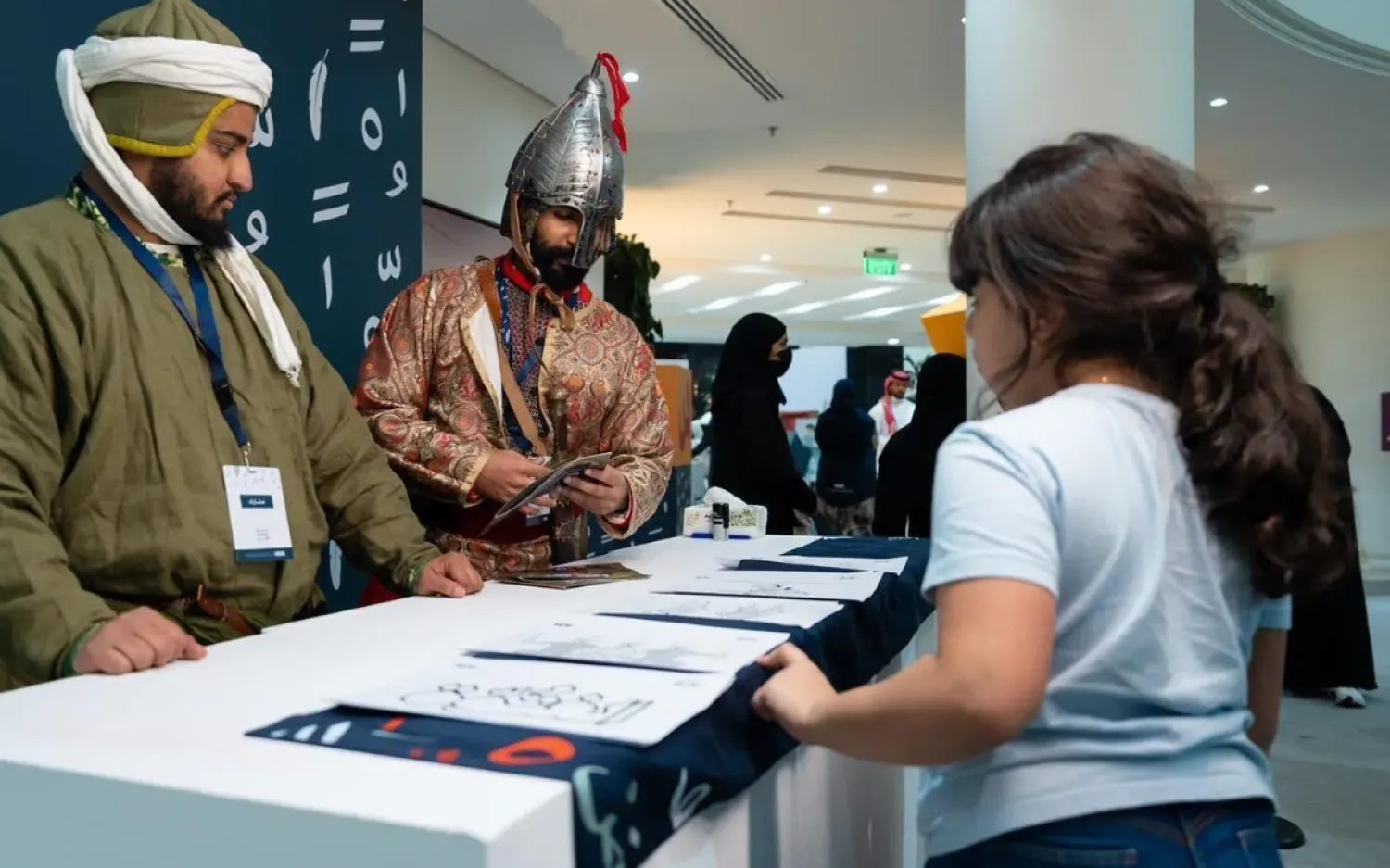One of the first exhibitions of Cuban art at an African museum is showing at Morocco's Mohammed VI Museum of Modern and Contemporary Art.
It's part of an effort to give visitors a view beyond the European artists who often remain part of the school curriculum in the country, museum director Abdelaziz El Idrissi said.
“The Moroccan public might know Giacometti, Picasso or impressionists,” El Idrissi said. The museum has shown them all. “We’ve seen them and are looking for other things, too.”
The Cuba show contains 44 pieces by Wifredo Lam — a major showing of the Afro-Cuban painter's work more than a year before New York City’s Museum of Modern Art will honor him with a career retrospective show in 2025.
The Morocco show also marks the first time that the work of another luminary, Jose Angel Toirac, is being displayed outside Cuba. Previously, his paintings depicting the country's late anti-capitalist president Fidel Castro in the iconography of American advertisements and consumer culture were not allowed off the island.
Other works in “Cuban Art: On the other side of the Atlantic” — open until June 16 — show prevalent themes in Cuban art ranging from isolation and economic embargo to heritage and identity.









